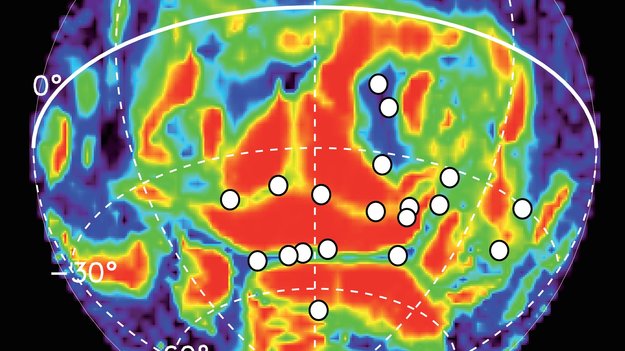
Windswept piles of dust, or layers of ice? ESA’s Mars Express has revisited one of Mars’s most mysterious features to clarify its composition. Its findings suggest layers of water ice stretching several kilometers below ground—the most water ever found in this part of the planet.
Over 15 years ago, Mars Express studied the Medusae Fossae Formation (MFF), revealing massive deposits up to 2.5 km deep. From these early observations, it was unclear what the deposits were made of—but new research now has an answer.
“We’ve explored the MFF again using newer data from Mars Express’s M...
Read More








Recent Comments